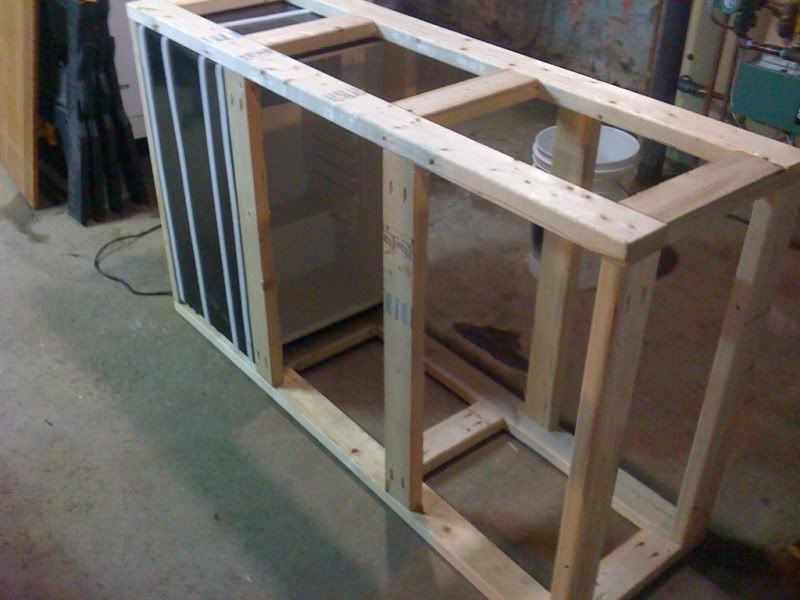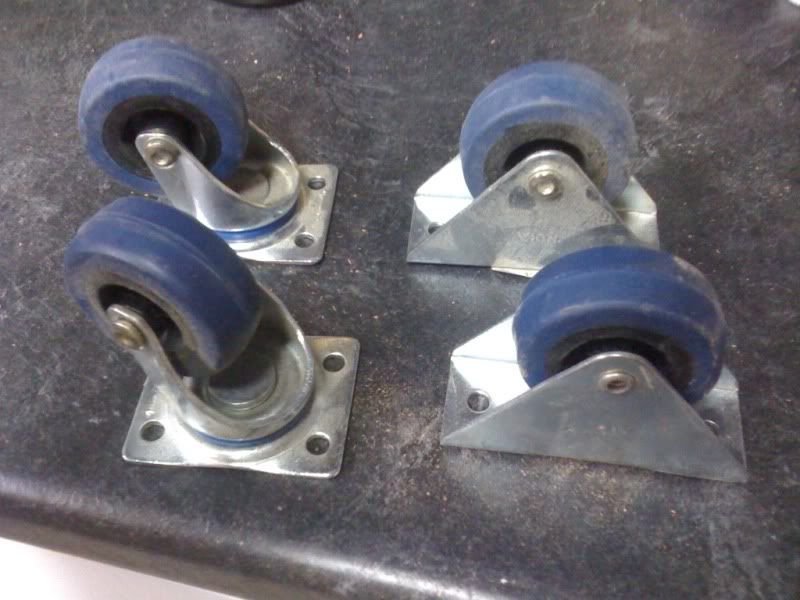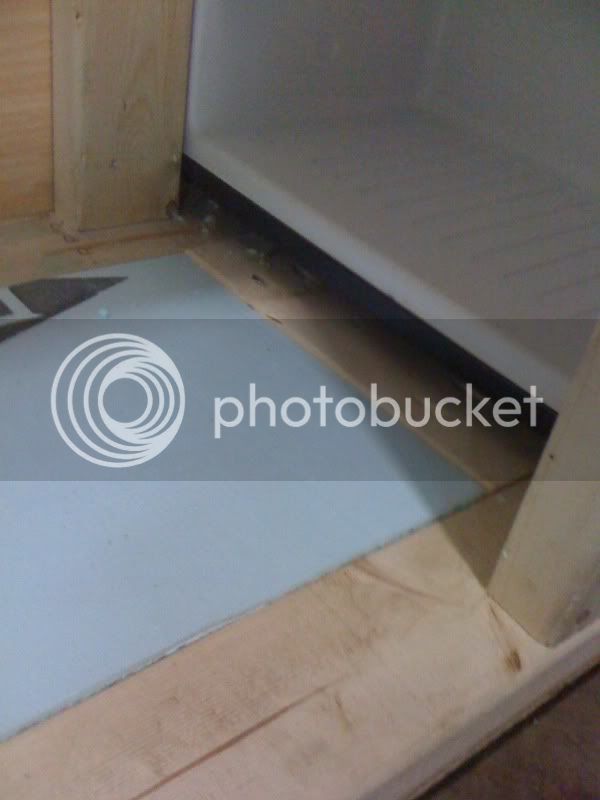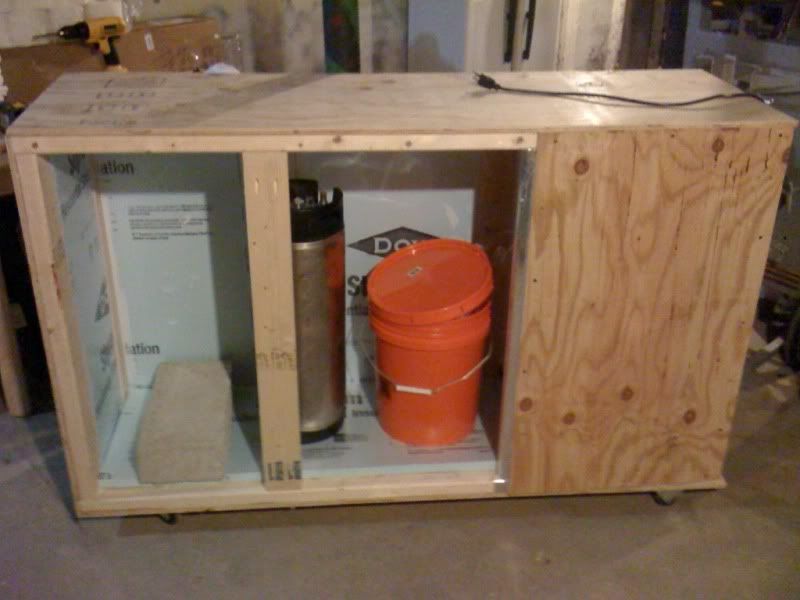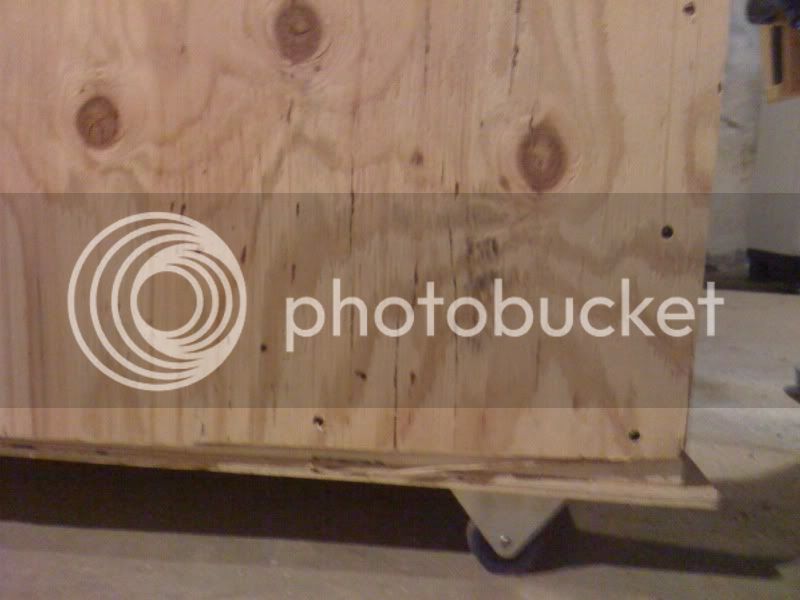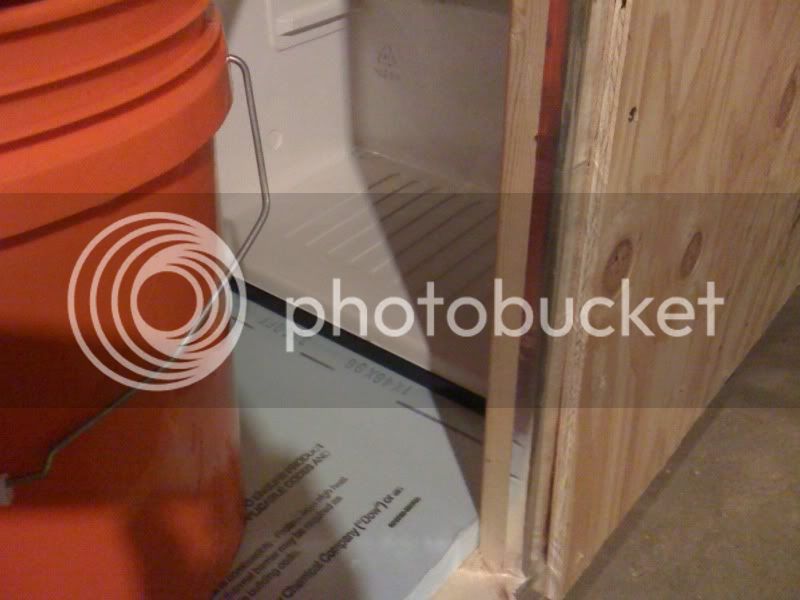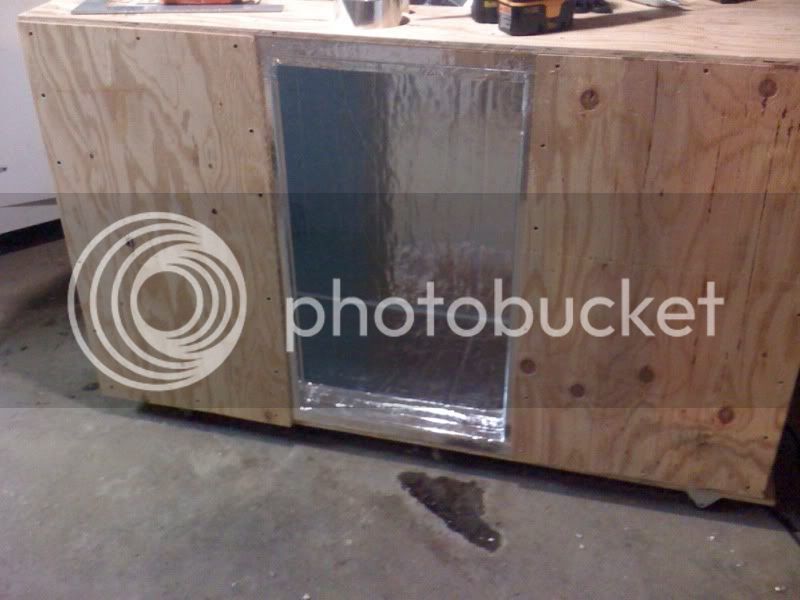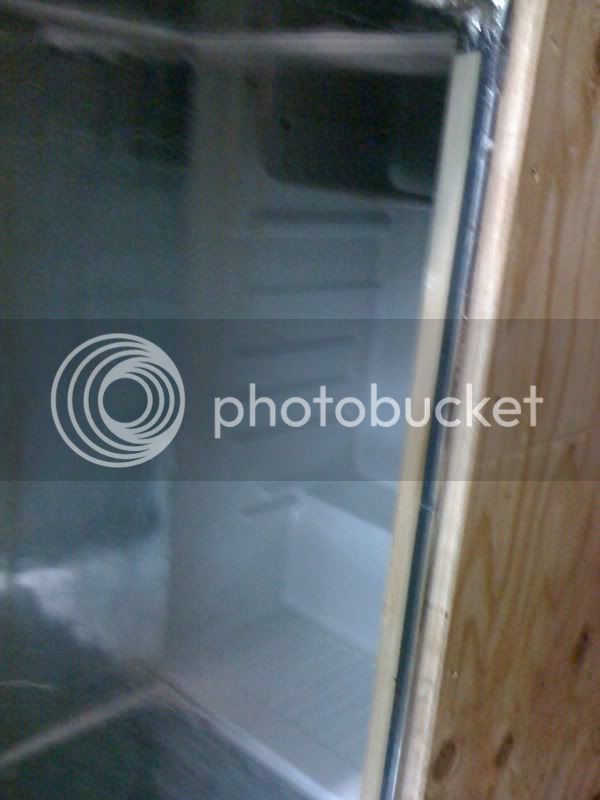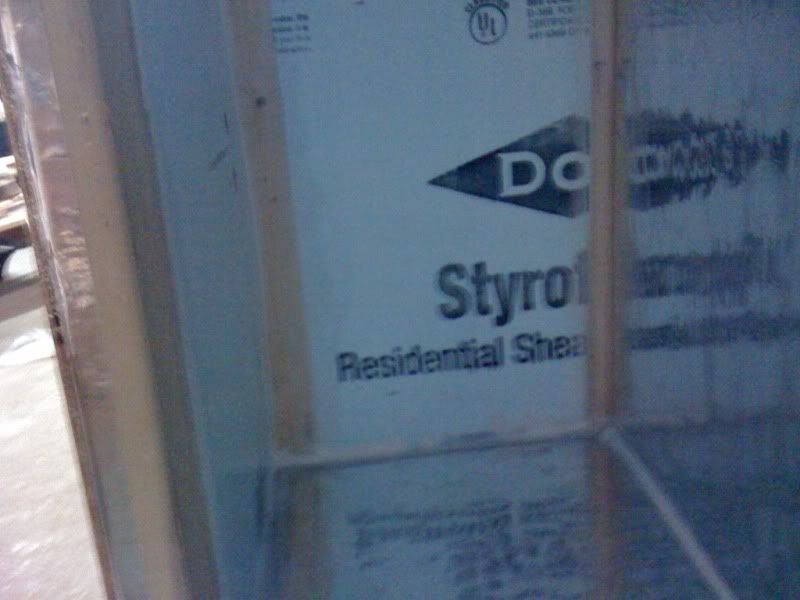stratslinger
Well-Known Member
Well, here's another fermentation chamber build thread - I'll try to keep it updated, but my progress might not be what one would consider _fast_ over the next week or so... 
Anyway, I've had good luck thus far fermenting in my basement underneath my workbench (I'll try to get a picture up of the current setup), but I'm hitting the time of year that, for whatever reason, even my basement climbs up well into the 70's, sometimes 80's. I've got two brews going at the moment who wrapped up the really active part of their fermentation last week - right up around 68F. Definitely time to do something about temp control before I get another brew going!
A couple months ago, my mother-in-law hooked me up with a little Magic Chef dorm-sized fridge her office was getting rid of:
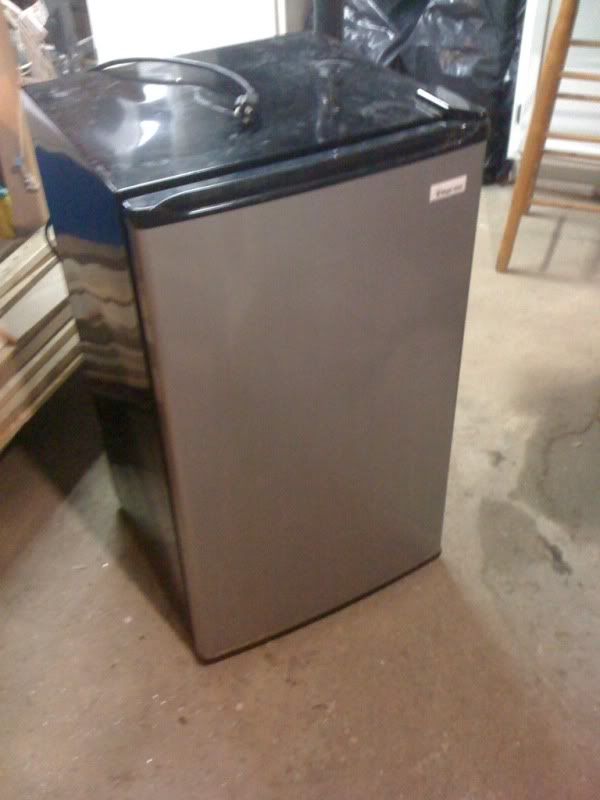
This has sat in the basement since, and basically been used as a stand to place things on next to my utility sink. Time to put that thing to a better use, I say!
I've been playing with ideas for the chamber for a while now, and finally decided on a plan... The chamber will be 5' long, counting the fridge. This should provide plenty of space for a pair of carboys and even a corny or two for bulk aging. I basically decided I didn't want to build something, simply to outgrow it in a year or less and have to re-do it all. I think this should fit the bill nicely.
Last night I cut all the frame members for my chamber, drilled out the holes (I'm putting it together with pocket screws because... well... I've got a Kregg pocket hole jig and wanted to play with it!).
The base:
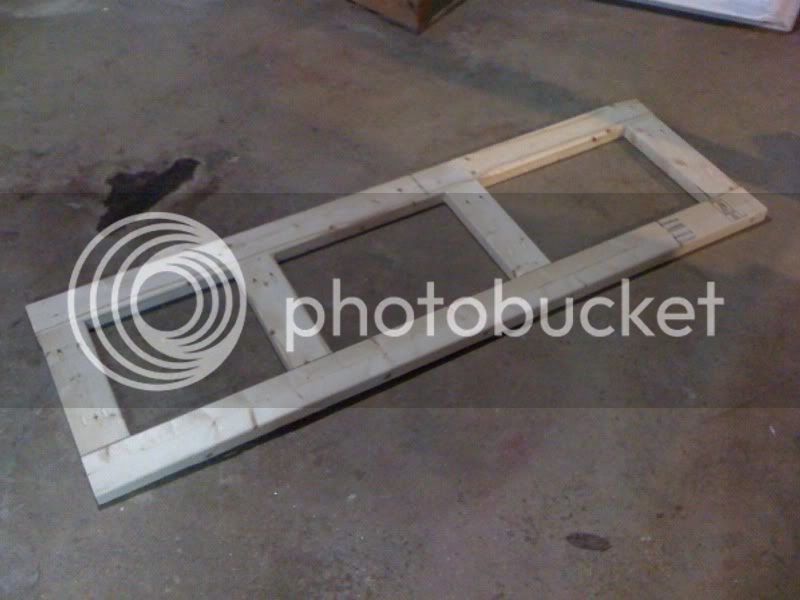
The base with the fridge in place and the first four vertical members - note, the top isn't actually attached yet - still have a little work to do to get things to fit before I make anything any more permanent:
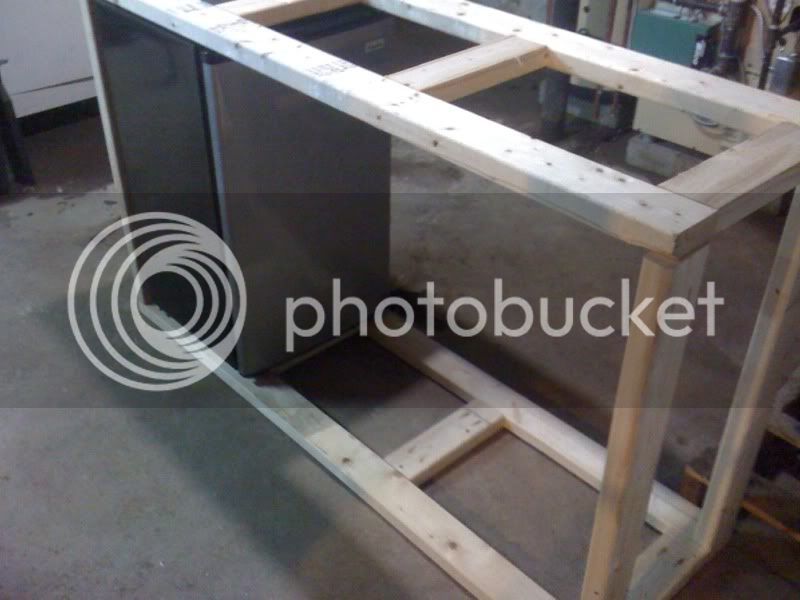
So, again something I don't have a picture of, but I ran into my first minor hurdle when I test-fit this together: There's a small relay on the back of the fridge, right near the compressor, that has a wire protruding just a bit from the back of the fridge - right into one of the 2x4 vertical members. So, I need to either take a chisel and hollow out the corner of that 2x4, replace that one with a 2x3 (not sure if that'll even give me enough room), or relocate that relay.
I may or may not get to work on this thing any further tonight - definitely will get back to it a little Thursday and Friday though.
My overall plan calls for this frame to be sheathed with some utility-grade plywood (looking for function, not necessarily form!), then rigid foam insulation in the spaces within the frame, more rigid insulation just inside of that, and quite possibly plastic sheeting to make it all pretty and condensation-friendly... (Thanks goes out to another active build thread of that particular idea!)
I do have a set of casters to keep this thing movable, and I'll probably be putting together an ebay temp controller once the chamber itself is complete.
Anyway, I've had good luck thus far fermenting in my basement underneath my workbench (I'll try to get a picture up of the current setup), but I'm hitting the time of year that, for whatever reason, even my basement climbs up well into the 70's, sometimes 80's. I've got two brews going at the moment who wrapped up the really active part of their fermentation last week - right up around 68F. Definitely time to do something about temp control before I get another brew going!
A couple months ago, my mother-in-law hooked me up with a little Magic Chef dorm-sized fridge her office was getting rid of:

This has sat in the basement since, and basically been used as a stand to place things on next to my utility sink. Time to put that thing to a better use, I say!
I've been playing with ideas for the chamber for a while now, and finally decided on a plan... The chamber will be 5' long, counting the fridge. This should provide plenty of space for a pair of carboys and even a corny or two for bulk aging. I basically decided I didn't want to build something, simply to outgrow it in a year or less and have to re-do it all. I think this should fit the bill nicely.
Last night I cut all the frame members for my chamber, drilled out the holes (I'm putting it together with pocket screws because... well... I've got a Kregg pocket hole jig and wanted to play with it!).
The base:

The base with the fridge in place and the first four vertical members - note, the top isn't actually attached yet - still have a little work to do to get things to fit before I make anything any more permanent:

So, again something I don't have a picture of, but I ran into my first minor hurdle when I test-fit this together: There's a small relay on the back of the fridge, right near the compressor, that has a wire protruding just a bit from the back of the fridge - right into one of the 2x4 vertical members. So, I need to either take a chisel and hollow out the corner of that 2x4, replace that one with a 2x3 (not sure if that'll even give me enough room), or relocate that relay.
I may or may not get to work on this thing any further tonight - definitely will get back to it a little Thursday and Friday though.
My overall plan calls for this frame to be sheathed with some utility-grade plywood (looking for function, not necessarily form!), then rigid foam insulation in the spaces within the frame, more rigid insulation just inside of that, and quite possibly plastic sheeting to make it all pretty and condensation-friendly... (Thanks goes out to another active build thread of that particular idea!)
I do have a set of casters to keep this thing movable, and I'll probably be putting together an ebay temp controller once the chamber itself is complete.


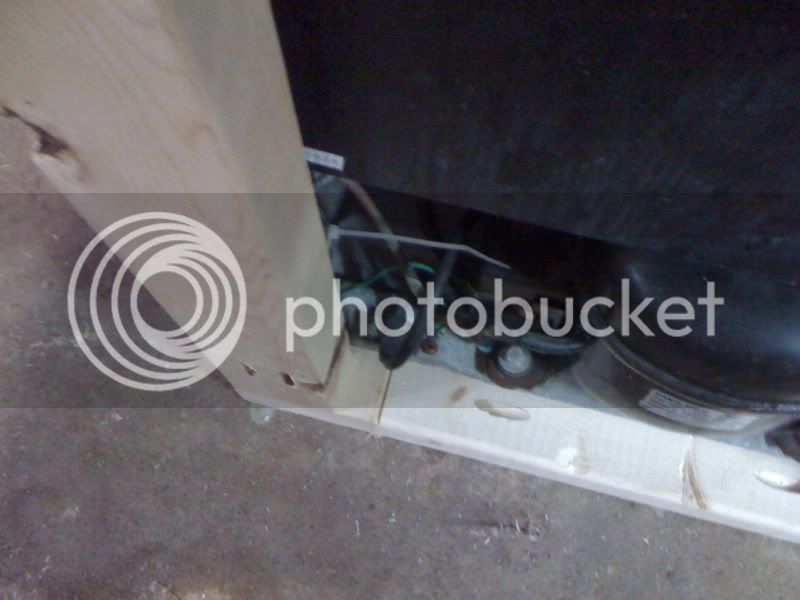
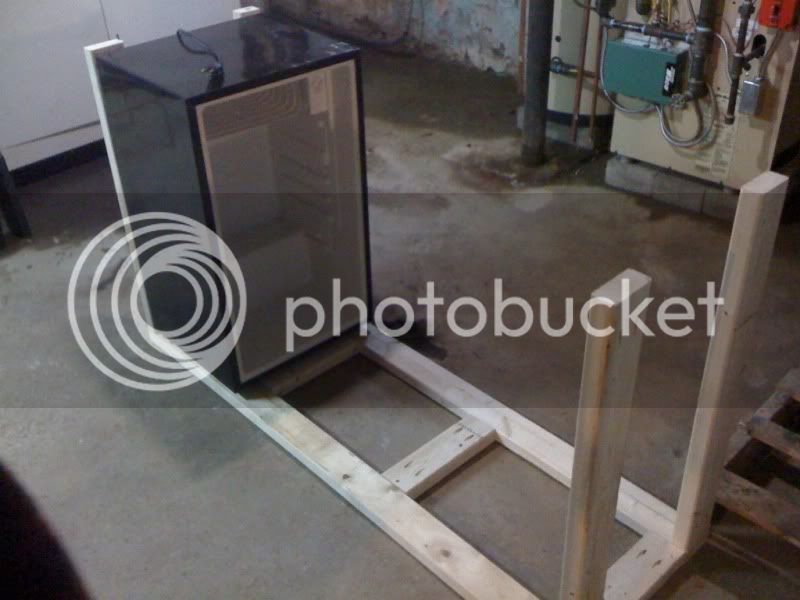

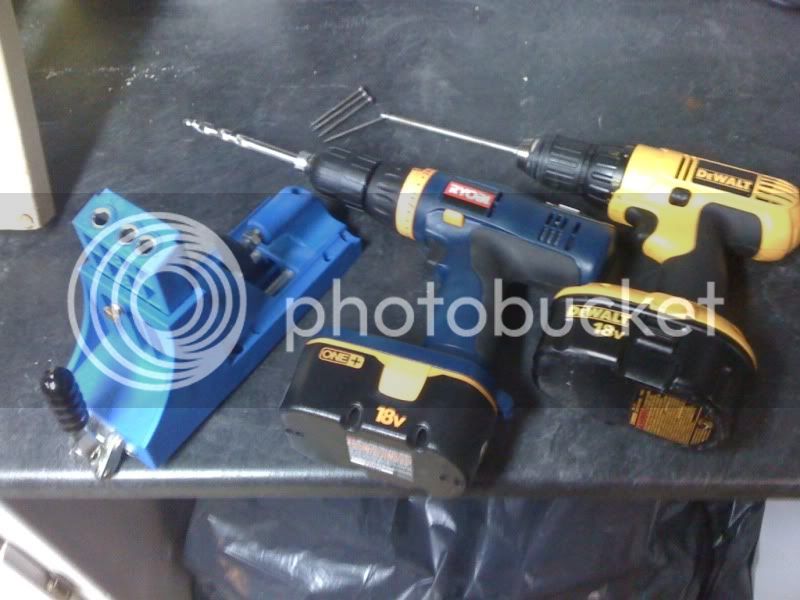
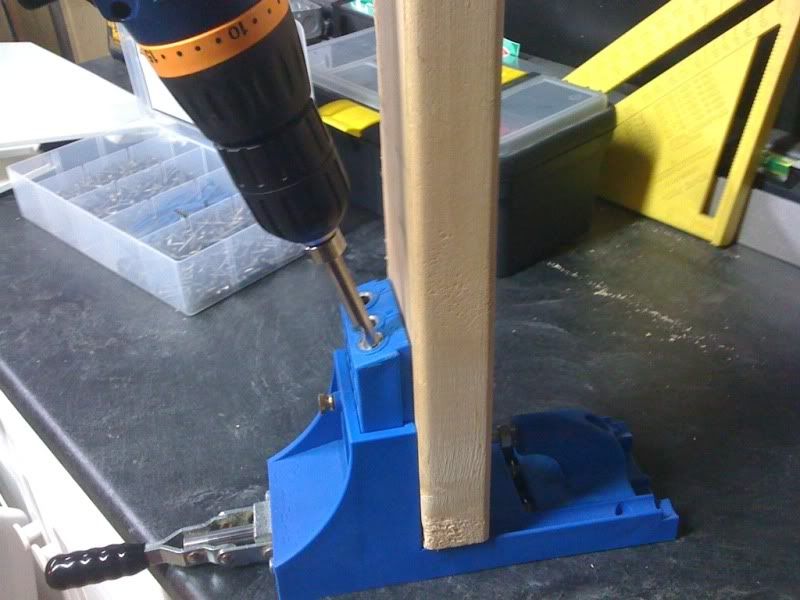
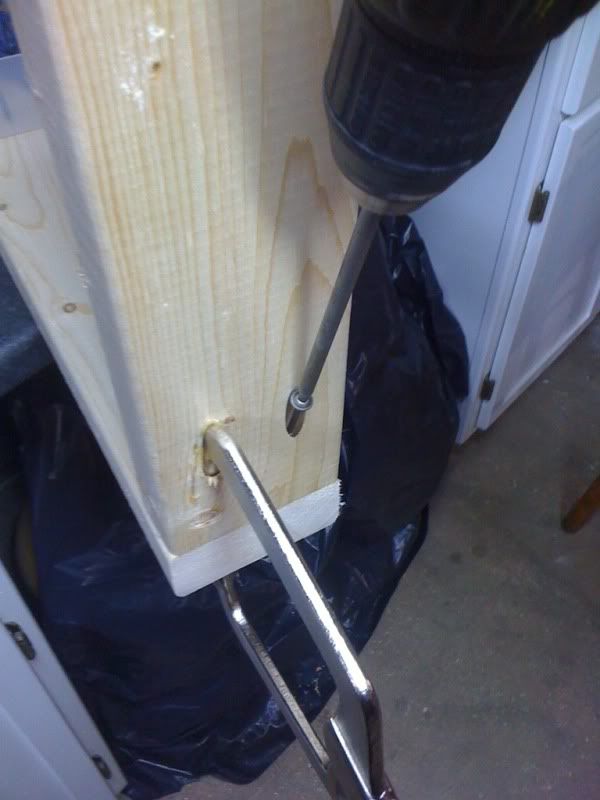











![Craft A Brew - Safale BE-256 Yeast - Fermentis - Belgian Ale Dry Yeast - For Belgian & Strong Ales - Ingredients for Home Brewing - Beer Making Supplies - [3 Pack]](https://m.media-amazon.com/images/I/51bcKEwQmWL._SL500_.jpg)











































